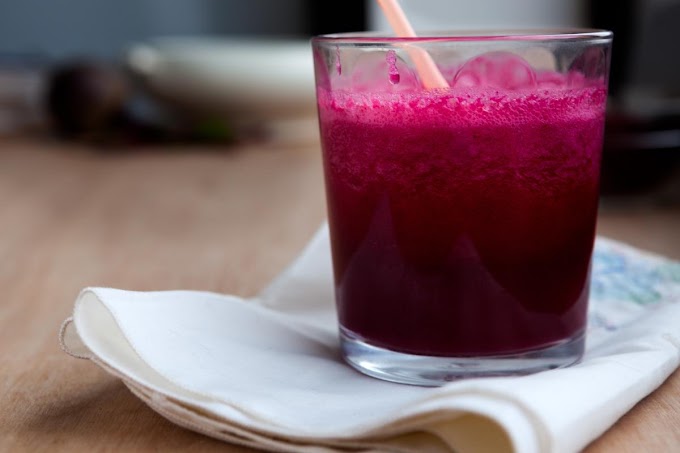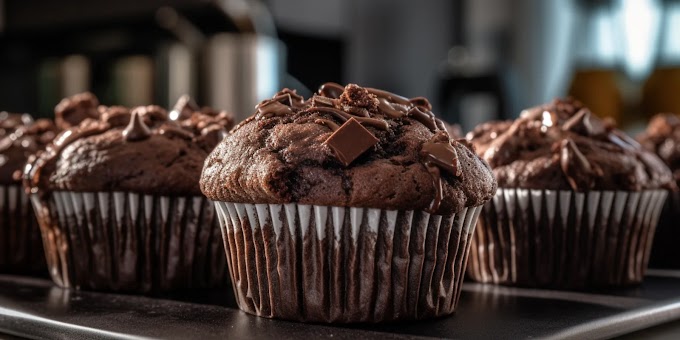Peas, those small, vibrant green orbs that grace our dinner plates, are a versatile and nutritious vegetable enjoyed in cuisines worldwide. But have you ever wondered how peas are made, from tiny seeds to the fresh or frozen varieties we often use in our meals? In this blog, we'll explore the fascinating journey of peas from the farm to your table, covering everything from cultivation to harvesting, and even some tips on how to enjoy them in your cooking.
The Origin of Peas
Peas (Pisum sativum) are among the oldest cultivated crops, with a history that dates back thousands of years. Originally native to the Mediterranean and Near East regions, peas have been a staple in human diets for centuries. They were first cultivated in the Middle East around 7,000 BC and later spread to Europe and other parts of the world.
The pea plant is a cool-season crop that thrives in temperate climates. It's a legume, which means it belongs to the family of plants that produce seeds in pods. Peas are particularly valued for their ability to fix nitrogen in the soil, which enhances soil fertility and reduces the need for synthetic fertilizers. This makes them an eco-friendly choice for farmers.
Cultivation of Peas
The journey of a pea begins with the planting of seeds. Peas can be grown in various soil types, but they prefer well-drained, loamy soil with a slightly acidic to neutral ph. They are typically sown in early spring, as they can tolerate cool weather and even light frosts. The seeds are planted about 1-2 inches deep in rows, with enough space between them to allow for proper growth.
Peas require a moderate amount of water, especially during flowering and pod formation. Overwatering can lead to root rot, so it's crucial to maintain a balance. These plants also need ample sunlight to thrive, though they can tolerate partial shade.
As the pea plants grow, they develop tendrils that help them climb and support themselves. Some varieties may need trellises or other forms of support to prevent the plants from sprawling on the ground.
The Growing Process
After the seeds are planted, they typically germinate within 7-14 days, depending on soil temperature and moisture. The first leaves, called cotyledons, emerge from the soil, followed by the true leaves. As the plant matures, it begins to develop flowers. These flowers are usually white, pink, or purple, depending on the variety of peas being grown.
The flowers play a crucial role in pea production as they are the reproductive organs of the plant. Peas are self-pollinating, which means that the pollen from the male part of the flower (the stamen) fertilizes the female part (the pistil) without the need for external pollinators like bees. After fertilization, the flowers wilt, and pods start to form.
Pod Formation and Harvesting
Once pollinated, pea pods begin to develop, and this is where the magic happens. Each pod contains several peas, which are actually the seeds of the plant. As the pods grow, they fill out with the peas, which gradually increase in size and sweetness.
The timing of the harvest is critical to ensuring the best flavor and texture. Peas are typically harvested when the pods are still tender, and the peas inside are fully formed but not yet starchy. For fresh peas, this is usually 18-21 days after flowering. The pods should be plump and bright green, and they should snap easily when bent.
Harvesting is usually done by hand to avoid damaging the plants and the pods. In large-scale farming operations, mechanical harvesters may be used, but care must be taken to minimize bruising or splitting the pods. After harvesting, the peas are quickly cooled to preserve their freshness and sweetness.
Processing and Storage
Once harvested, peas are either sold fresh, frozen, or canned. Fresh peas have a short shelf life and should be consumed within a few days of harvest. They are typically shelled (removed from the pods) before cooking, though some varieties, like sugar snap peas and snow peas, are eaten whole, including the pods.
Freezing is the most common method of preserving peas, as it helps retain their flavor, color, and nutritional value. To freeze peas, they are first blanched in boiling water for a few minutes, then quickly cooled in ice water to stop the cooking process. After draining, the peas are packed into airtight containers and frozen. Frozen peas can be stored for up to a year without significant loss of quality.
Canning is another method of preservation, though it may cause some loss of texture and flavor compared to freezing. Canned peas are pre-cooked and packed in a brine solution, which helps extend their shelf life.
Nutritional Benefits of Peas
Peas are not only delicious but also highly nutritious. They are an excellent source of vitamins A, C, and K, as well as dietary fiber and protein. Peas are also rich in antioxidants, including flavonoids and carotenoids, which help protect the body from oxidative stress and inflammation.
One of the unique benefits of peas is their high protein content, making them a valuable addition to vegetarian and vegan diets. They also have a low glycemic index, which means they help regulate blood sugar levels and provide sustained energy.
Cooking with Peas
Peas are incredibly versatile and can be used in a wide range of dishes, from soups and salads to main courses and side dishes. Fresh peas have a sweet, delicate flavor that pairs well with a variety of ingredients, including mint, garlic, butter, and lemon.
Here are a few ideas for incorporating peas into your meals:
Pea Soup: A classic comfort food, pea soup can be made with fresh or frozen peas, onions, garlic, and vegetable or chicken broth. Add a touch of cream for richness, or keep it light and vegan with coconut milk.
Pea Salad: Combine fresh peas with diced red onion, crumbled feta cheese, and a lemon vinaigrette for a refreshing and healthy salad.
Pea Risotto: Stir fresh peas into a creamy risotto for a burst of color and flavor. Add some grated Parmesan cheese and a squeeze of lemon juice to enhance the dish.
Stir-Fry: Add peas to a vegetable stir-fry with bell peppers, carrots, and tofu or chicken. The peas add a nice crunch and sweetness to the dish.
Pea and Mint Pesto: Blend peas with fresh mint, garlic, olive oil, and Parmesan cheese for a unique twist on traditional pesto. Use it as a sauce for pasta or as a spread for sandwiches.
Conclusion
Peas are a small but mighty vegetable with a rich history and numerous health benefits. From their humble beginnings as seeds to their role in delicious dishes around the world, peas are a testament to the power of nature and the importance of sustainable farming practices. Whether you enjoy them fresh, frozen, or canned, peas are a versatile and nutritious addition to any meal. So the next time you savor a spoonful of peas, you can appreciate the journey they took to reach your plate.








Social Plugin